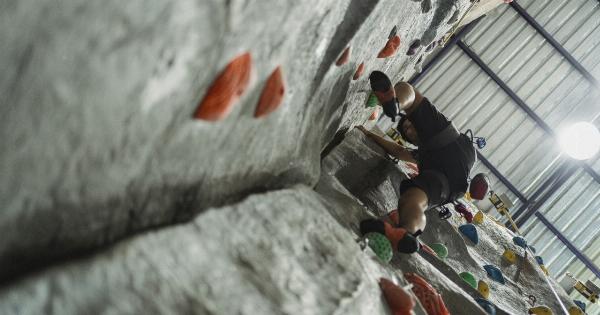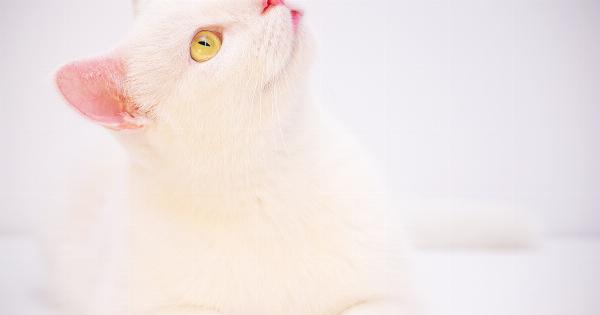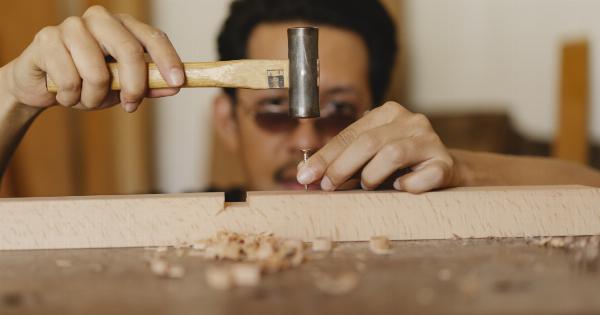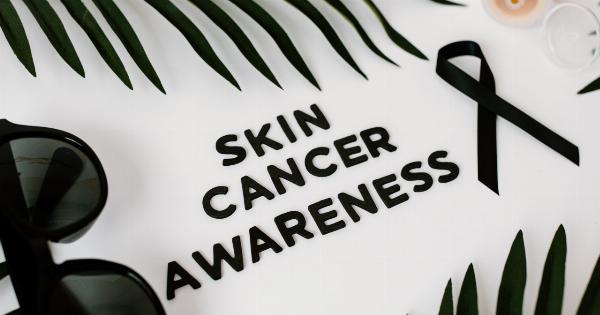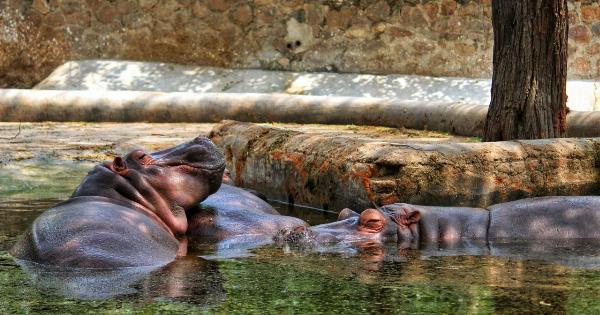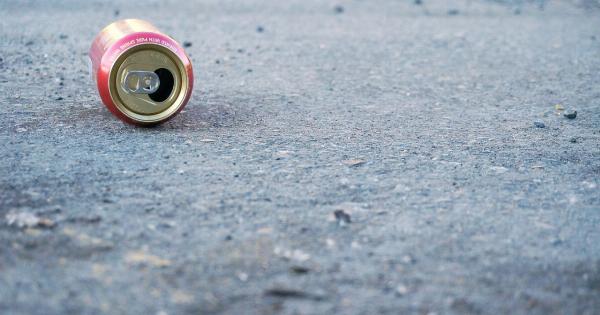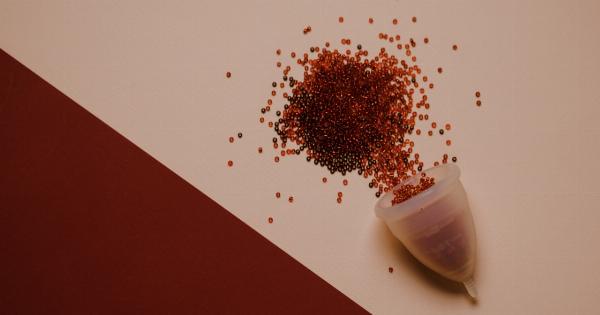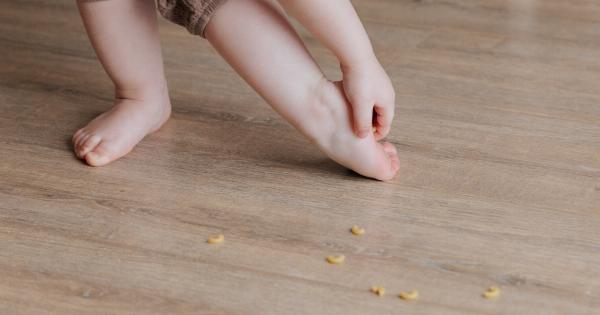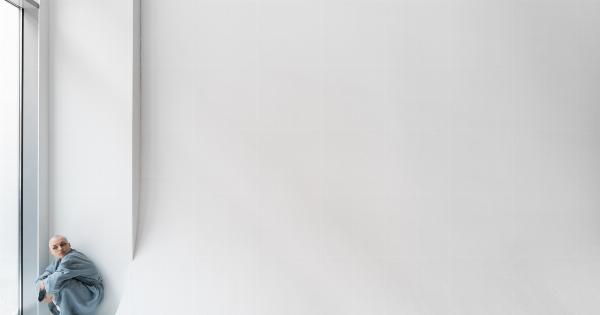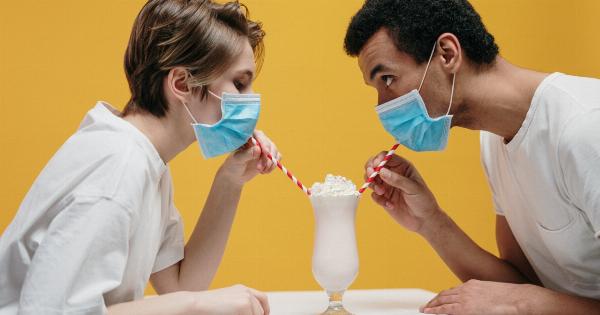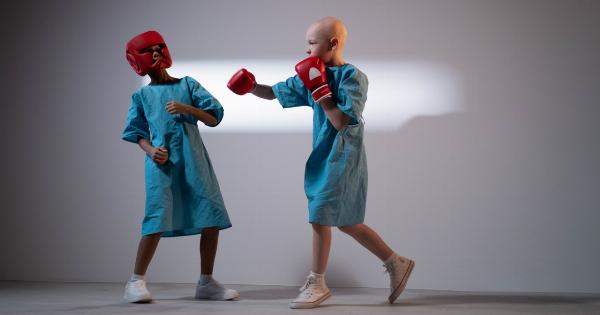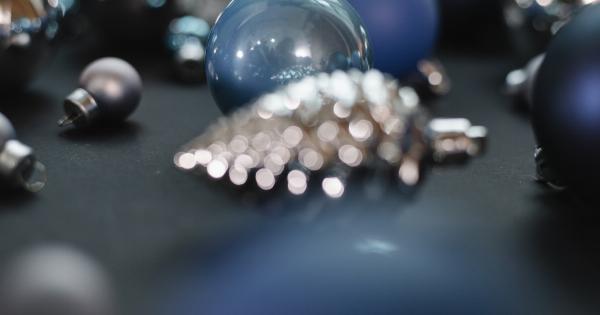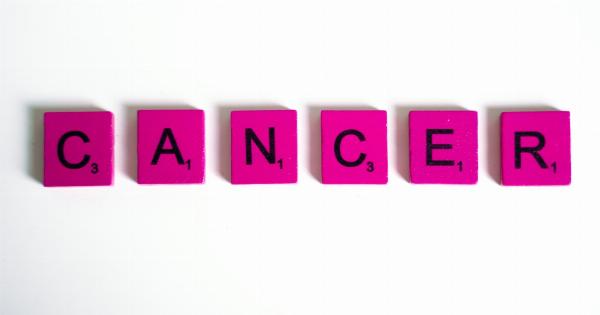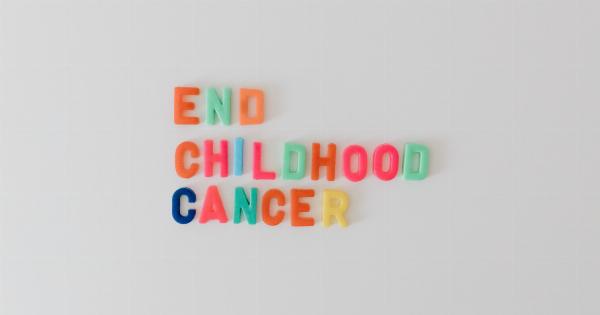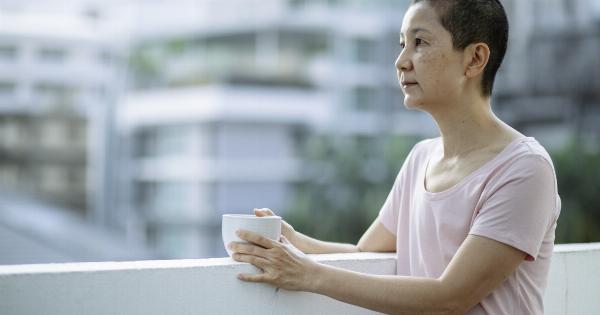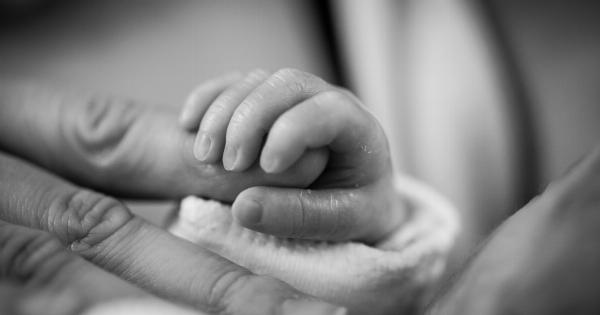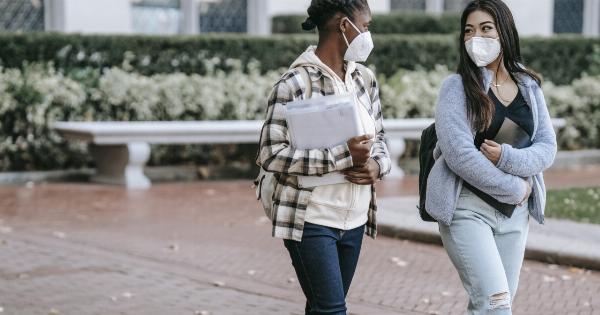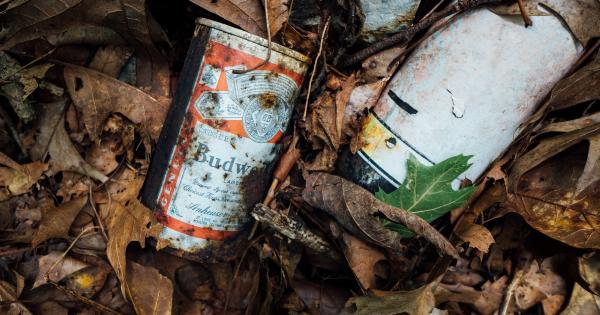For decades, fears have circled around the use of ultraviolet (UV) radiation during manicure procedures and the potential for an increased risk of skin cancer.
However, a new study, published in the Journal of the American Academy of Dermatology, suggests that there is no significant link between manicures and the incidence of skin cancer.
The Study
The study was conducted by a team of researchers from the Boston Medical Center, who analyzed data from the Women’s Health Initiative Observational Study.
They studied the records of nearly 120,000 women who had undergone manicure procedures, including UV lamps, and compared them to those who had never undergone these procedures. They followed up the participants for more than a decade to see if any skin cancers appeared.
The study found that women who had undergone UV manicures no more frequently developed skin cancer than those who never had.
Moreover, the researchers did not find a significant difference in the incidence of various types of skin cancers, including basal cell carcinoma and squamous cell carcinoma, which are known to be closely associated with exposure to UV radiation. This suggests that, despite concerns, manicures are safe and do not increase the risk of developing skin cancer.
What are UV Manicures?
UV manicures are one of the most popular forms of manicure procedures today. In this procedure, a special polish is first applied to the nails, after which they are placed under a UV lamp to cure the polish and create a hard, durable finish.
However, the use of UV radiation in this process has prompted concerns about the potential risks posed by long-term exposure to these rays, and whether such exposure could lead to skin cancer.
Prior studies have also suggested that exposure to UV radiation through nail lamps can be a cause of skin cancer. However, as some researchers have noted, these studies were often limited in their scope.
The new study, therefore, seeks to expand on research in this field, providing a large-scale analysis of how UV manicures may be associated with the incidence of skin cancer.
Lessons from the Study
The results of this study can help alleviate the fears of many people who have wondered whether UV manicures are safe.
The study underscores that, while UV radiation can be a risk factor for skin cancer, there are many other factors that can also contribute to the onset of the disease, including genetics, skin type, and lifestyle choices, such as smoking and diet. Moreover, the study highlights that UV exposure during manicures is relatively limited in duration, unlikely to cause any significant harm, or increase the incidence of cancer significantly.
Should People Worry About Exposure to UV Radiation?
A common perception is that exposure to UV radiation is always detrimental, and that people should avoid it completely. However, some exposure to UV radiation is essential to maintain good health.
For example, sunlight is a natural source of vitamin D, and regular, controlled exposure to UV radiation can help to mitigate some medical conditions, such as psoriasis and eczema.
However, as with many things, moderation is key. Excessive UV exposure can cause skin damage, premature aging, and an increased risk of developing skin cancer.
Therefore, it is advised that you should always follow proper UV safety precautions during a manicure. For example, use UV-protective gloves if you do not feel comfortable with the level of UV radiation exposure during a manicure.
Also, it is important to remember that UV radiation exposure from a single manicure is unlikely to cause any significant harm, but long-term exposure can lead to cumulative skin damage, which may cause skin cancer.
What About Alternatives To UV Manicures?
Although the new study provides reassurance that UV manicures do not increase incidence of cancer, some people may still be concerned about what options they have if they have very sensitive skin or are worried about the effects of UV radiation exposure.
Fortunately, there are several alternatives to UV manicures. One of the most commonly used alternatives is LED manicures. These manicures use LED lamps as opposed to UV lamps to “cure” the polish on the nails.
LED lamps emit lower levels of UV radiation, and as such, this type of manicure is generally considered to be safer. Moreover, LED lamps also use less energy and tend to dry faster than UV lamps, making it a more convenient option for many people.
Another effective option is to use regular polish on your nails. Though they do not last as long as UV or LED-cured polishes, they are less expensive and do not require UV exposure at all.
The downside is that the polish may chip or flake off more easily than with a manicure that requires UV exposure. However, if you are concerned about the risks of UV exposure, this may be a good option for you.
The Bottom Line
The concerns around exposure to UV radiation during manicure procedures have been shown to be unfounded by this large-scale study. However, it is important to remember that moderation is key in all things.
Although there is unlikely to be any harm from having a single UV manicure, long-term exposure to UV radiation can increase the risk of developing skin cancer. Ultimately, everyone should weigh the risks and benefits and choose the option that works best for their lifestyle and habits.

